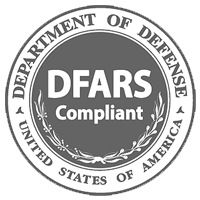Material Category
IR Materials
Infrared materials produce good transmission in the infrared (IR) spectrum, which spans 0.75 μm to 15µm. Infrared materials are commonly selected for their transmission properties in the NIR (0.75µm – 1µm), SWIR (1µm – 2.7µm), MWIR (3µm – 5µm) or LWIR (8µm – 12µm) spectral sub-regions. The most common IR materials are silicon, germanium, sapphire, zinc sulfide, and zinc selenide.
IR Materials Overview
Infrared materials are grouped together due to their ability to transmit into the infrared spectrum (0.750 μm -1000μm). Most IR materials used in optical applications are in the short-wave (1.4 – 3μm) to mid-wave (3 – 8μm) infrared regions. Silicon & germanium are commonly used as they transmit between 2-5μm and 3.75-14μm, respectively. Compared to other IR materials, silicon is significantly cheaper when compared to germanium which can be 3x more expensive. This is especially true as size increases.
When specifying these materials, there are two requirements that must be provided: resistivity and minimum transmission. Both vary based on application. Resistivity is not as critical in near IR applications but can be critical for applications in the far IR.
Silicon vs Germanium
Optical-grade silicon is generally specified with 5 to 40 ohm-cm resistivity and usually has a minimum transmission requirement, generally >52% transmission in the range of 2 ‐ 8μm. Germanium, on the other hand, requires lower resistivity, generally <5 ohm-cm, but usually has more detailed transmission specifications that cover multiple wavelength ranges from 2.5μm to around 12μm.
Characteristics of using silicon:
- Cubic in nature and will not exhibit birefringence
- High environmental durability
- Silicon is lower in density making it ideal for weight-sensitive applications when compared to other popular IR materials such as germanium and zinc selenide
- Thermal stability
- More cost-effective for mid-wave applications than other IR materials
Characteristics of using germanium:
- Highest refractive index and lowest optical dispersion of commonly available IR-transmitting materials
- Germanium is relatively hard with high-density making it ideal for IR applications requiring rugged optics
- Generally, an anti-reflection coating is recommended on germanium windows for sufficient transmission in the region of interest
- Subject to decreases in transmission as temperature increases, therefore, it must be used at temperatures below 100°C
- Germanium makes an effective 50:50 beamsplitter without the need for coatings
IR Material Applications
IR materials are appropriate for applications such as electro-optic sensors, medical imaging, missile and rocket windows, spectroscopy, and thermal imaging. When used in military applications these materials may require a DLC (diamond like coating) for increased durability in their working environments.
At Sydor, we can manufacture wafers, mirrors, wedge prisms, and windows for both commercial and defense applications using IR materials.
AVAILABLE MATERIALS
Based upon customer demand, Sydor Optics offers IR Materials made from the following substrate materials. Of course, if you don’t see a material you need, please contact a Sales Engineer, who will gladly discuss additional options that may be available.
IR Materials
Infrared materials produce good transmission in the infrared (IR) spectrum, which spans 0.75 μm to 15µm. Infrared materials are commonly selected for their transmission properties in the NIR (0.75µm – 1µm), SWIR (1µm – 2.7µm), MWIR (3µm – 5µm) or LWIR (8µm – 12µm) spectral sub-regions. The most common IR materials are silicon, germanium, sapphire, zinc sulfide, and zinc selenide.
- Sapphire
- Zinc Selenide
Popular Materials







